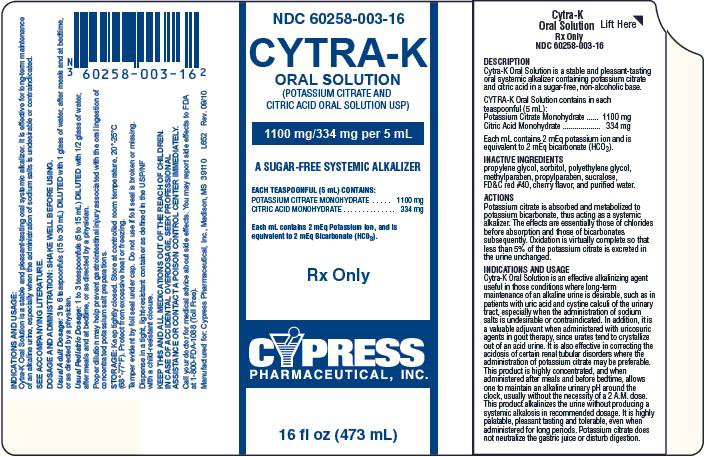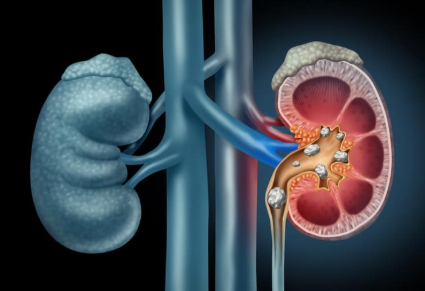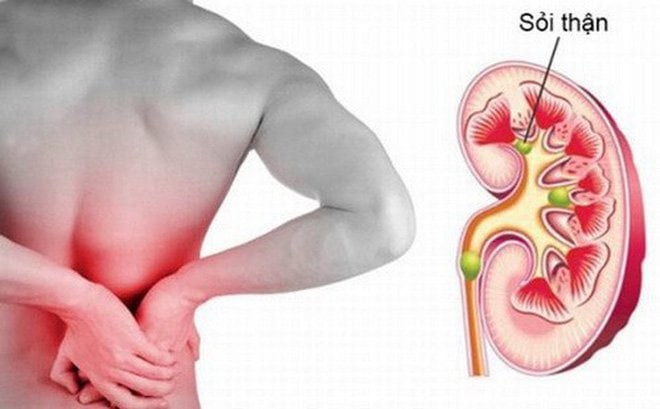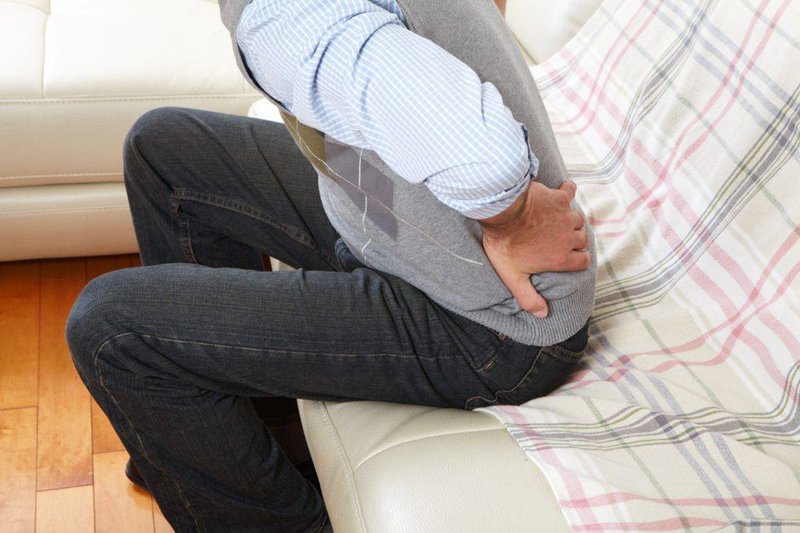Who is laser ureteroscopy suitable for? How is it done?
This is an automatically translated article.
The article is expertly consulted by a doctor from the Department of General Surgery and Anesthesiology.
With the development of science and technology, new methods of minimally invasive urinary stone surgery appear with many preeminent features. In particular, endoscopic laser lithotripsy is considered a breakthrough in the treatment of ureteral stones. At Vinmec Hai Phong with modern equipment and strict infection control system, the difference when patients with ureteral lithotripsy is usually only 1 day in hospital.
1. Overview
The ureters are the only way to carry urine from the bladder to the ureters, if blocked by stones, the kidneys can become waterlogged, causing infection, inflammation of the kidneys leading to kidney damage. Therefore, although only very small, from a few mm to about 1.2 cm, the danger of ureteral stones is more than that of coral stones in the kidney.
Currently, endoscopic retrograde laser lithotripsy has created a revolution in the treatment of urinary tract stones, helping to say "no" to open surgery for ureteral stones. In addition, the cost of treatment is also much lower, even less expensive than open surgery.
Currently, endoscopic retrograde laser lithotripsy has created a revolution in the treatment of urinary tract stones, helping to say "no" to open surgery for ureteral stones. In addition, the cost of treatment is also much lower, even less expensive than open surgery.
2. Indications for treatment
Endoscopic laser lithotripsy is applied to patients with:
Ureteral stones 0.6 cm - 2 cm in size. Small ureteral stones < 0.5 cm will be treated medically for 1 week without clinical improvement, stones do not move to a lower position, stones on the site of ureteral stenosis, stones on polyps. Ureteral stone on the site of ureteral prolapse. With the semi-rigid endoscope, it is possible to endoscopically dissect the stones located in the upper third of the ureter for women, even though the position is close to the renal pelvis, and for men, it should be applied to stones in the low position. than. Cases where this technique cannot be applied include:
Patients with urethral stricture in men, patients with long ureteral stenosis under stones, patients with coagulopathy. Urinary tract infections have not been treated stably. Hydronephrosis grade III, IV is a relative contraindication.
Ureteral stones 0.6 cm - 2 cm in size. Small ureteral stones < 0.5 cm will be treated medically for 1 week without clinical improvement, stones do not move to a lower position, stones on the site of ureteral stenosis, stones on polyps. Ureteral stone on the site of ureteral prolapse. With the semi-rigid endoscope, it is possible to endoscopically dissect the stones located in the upper third of the ureter for women, even though the position is close to the renal pelvis, and for men, it should be applied to stones in the low position. than. Cases where this technique cannot be applied include:
Patients with urethral stricture in men, patients with long ureteral stenosis under stones, patients with coagulopathy. Urinary tract infections have not been treated stably. Hydronephrosis grade III, IV is a relative contraindication.
3. Procedure for endoscopic laser lithotripsy
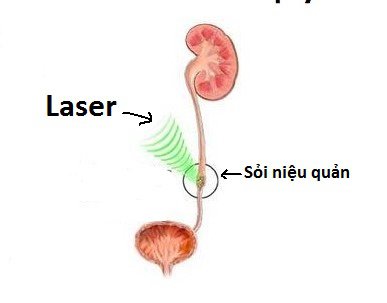
Laser có thể giúp tán sỏi niệu quản
First, the patient is given spinal anesthesia or anaesthesia, the patient lies in the gynecological position. Then, the doctor will use a ureteroscope to be put through the urinary hole, up the ureter to access the stone, then use a laser to break up the stone. Stone fragments are aspirated through the ureteroscope. Then, a flexible catheter will be placed into the urinary system with the ends curled in the renal pelvis and bladder and will be removed after 2 weeks. What are the advantages and disadvantages of endoscopic retrograde laser lithotripsy? Advantages:
Can disperse all types of gravel. Make sure the gravel is clean. The time of lithotripsy is fast, averaging only 30 minutes. Quick recovery: All personal activities return to normal on the first day after surgery, discharged after 1 day. Safe, does not leave scars, does not worry about complications. Cons:
Not applicable in the case of patients with urethral stricture in men, patients with long ureteral stenosis under stones, patients with coagulation disorders. Severe urinary tract infections, grade III, IV hydronephrosis are relative contraindications. Stones may not be accessible in the presence of ureteral stricture (very rare). Injury to the ureter can occur (very rare and not a cause for concern).
Can disperse all types of gravel. Make sure the gravel is clean. The time of lithotripsy is fast, averaging only 30 minutes. Quick recovery: All personal activities return to normal on the first day after surgery, discharged after 1 day. Safe, does not leave scars, does not worry about complications. Cons:
Not applicable in the case of patients with urethral stricture in men, patients with long ureteral stenosis under stones, patients with coagulation disorders. Severe urinary tract infections, grade III, IV hydronephrosis are relative contraindications. Stones may not be accessible in the presence of ureteral stricture (very rare). Injury to the ureter can occur (very rare and not a cause for concern).
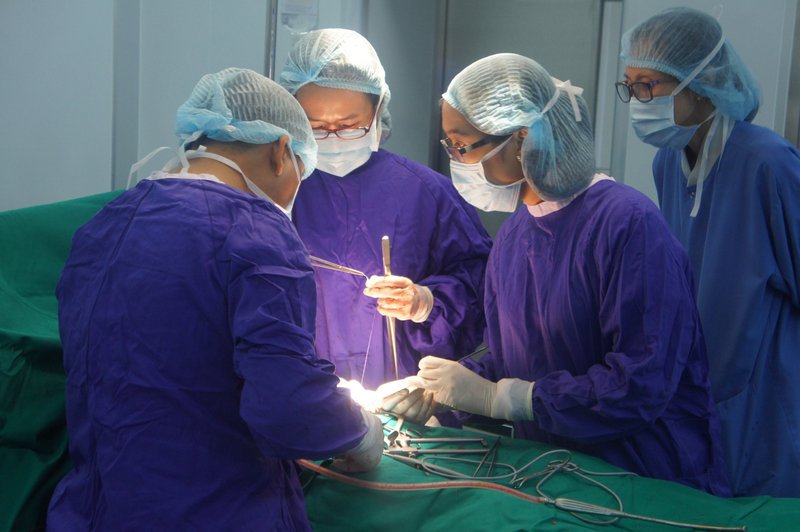
Nội soi tán sỏi niệu quản bằng laser tại Bệnh viện Đa Khoa Quốc tế Vinmec
In addition, to prevent urinary stones in general as well as to avoid recurrence for patients with a history of kidney - urological stones being treated, patients should choose a reasonable diet. Avoid eating a lot of purine-containing foods that cause kidney stones such as: Dried fish, dried meat, dried shrimp, sausages, fish sauces, pork intestines, beef intestines, ...
This is one of the key techniques to treat kidney stones. treat the patient. To meet the needs of people to be consulted and treated for urolithiasis, Vinmec International Hospital always provides examination services and invests in equipment for treatment. The hospital uses the Sphinx30 Laser lithotripsy machine, which is the most modern and best laser machine in Vietnam today to help doctors successfully perform difficult ureteral stone cases. The outstanding advantage of Laser Sphinx30 is that it can stop bleeding well and cause necrosis at the lowest level of surrounding cells.
Please dial HOTLINE for more information or register for an appointment HERE. Download MyVinmec app to make appointments faster and to manage your bookings easily.
This article is written for readers from Sài Gòn, Hà Nội, Hồ Chí Minh, Phú Quốc, Nha Trang, Hạ Long, Hải Phòng, Đà Nẵng.

